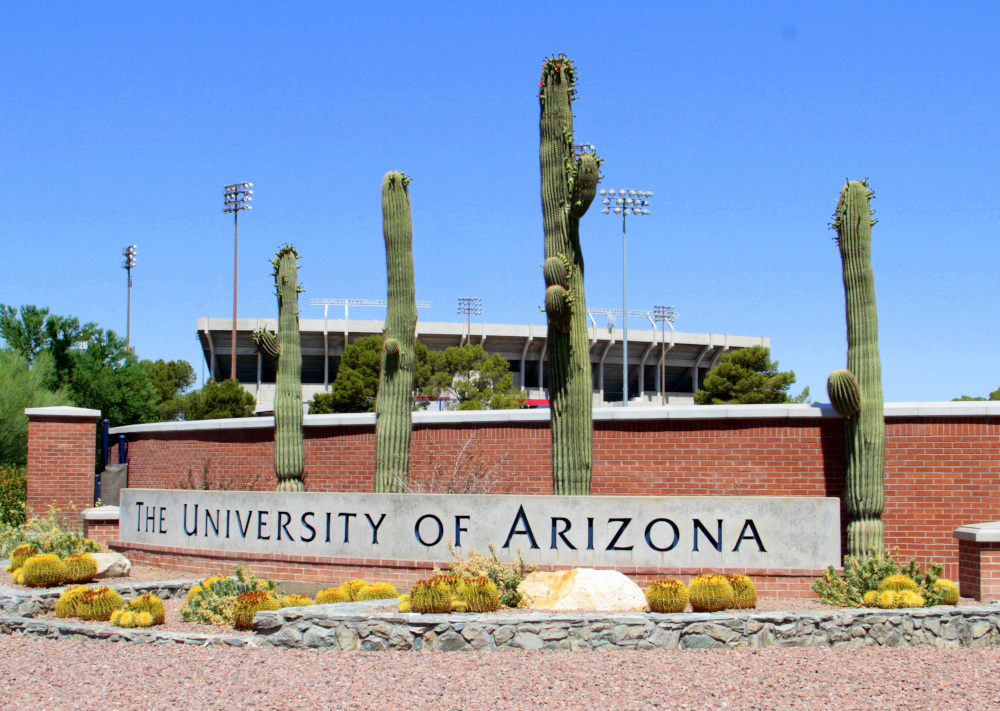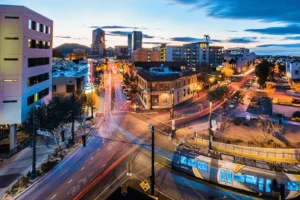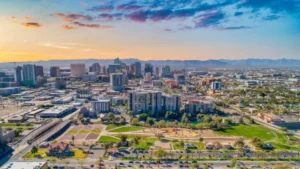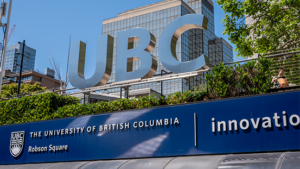
This study focuses on one of the most critical corridors: Campbell Avenue and Broadway Boulevard. Previously, drivers along this route faced heavy daily congestion, long delays, and pedestrian safety concerns due to outdated, fixed-timing signals. Campbell Avenue, in particular, struggled with chronic gridlock, extended pedestrian wait times, and increased air pollution from idling vehicles -challenges that traditional signal systems failed to resolve.
The Result
The deployment of NoTraffic’s adaptive signal control led to significant improvements in efficiency, safety, and environmental impact:
- Traffic Efficiency: 24% smoother commutes by reducing red-light delays, enhancing the driver experience.
- Pedestrian Safety: Pedestrian wait times decreased by 37%, particularly benefiting areas near the University of Arizona.
- Rush Hour Traffic Relief: AM peak delay times dropped by 20.7%, and PM delays fell by 18.4%, reducing frustration for thousands of daily drivers.
- Environmental Impact: Annual CO₂ emissions dropped by 3,710 metric tons, equivalent to planting over 61,000 trees —delivering cleaner air for Tucson residents.
| Metric | Improvement (%) |
| Control Delay | 19.4% |
| Overall Delay | 23.6% |
| Peak Hour Delay | 16.0% |
| Delay at Key Locations | 24.0% |
| Pedestrian Delay | 37.0% |
| AM Peak Delay | 20.7% |
| PM Peak Delay | 18.4% |
| Red-Light Running Reduction (RLR) | 30.0% |
Conclusion: A Model for Agencies Looking to Get the Most from Their Infrastructure
By adopting NoTraffic’s AI-driven solution, Tucson has set a new standard for smart traffic management. The city’s partnership with NoTraffic demonstrates how intelligent technology can drive real, human-centered benefits using the existing infrastructure.
Through reduced delays, improved pedestrian safety, and lower emissions, Tucson has proven that optimization of traffic management is not just possible—it’s transformative. This case study highlights Tucson’s leadership in urban innovation, paving the way for smarter, safer, and greener cities nationwide.







